Radio waves are a class of electromagnetic waves. Light also is a class of electromagnetic waves.
By shaping a material in which the speed of light changes, we can bend the propagation direction of light, we call this a lens, and we call the speed change rate refractive index \$n\$.
Also for RF we can define a speed change rate as \$\frac{1}{\sqrt{LC}}\$ or \$\frac{1}{\sqrt{\epsilon_r\mu_r}}\$.
We also use the exact same destructive interference in the same way for radomes and Anti reflective coatings.
So here comes the question: why don't we use lenses and ̶m̶i̶r̶r̶o̶r̶s̶ for RF, for example for focusing RF beams instead of using complicated directive antennas?
EDIT: yes, we actually use mirrors
